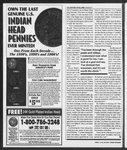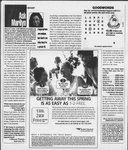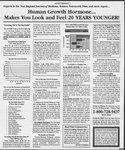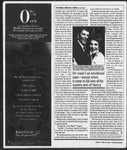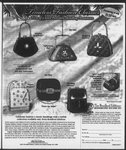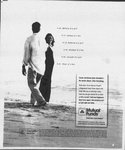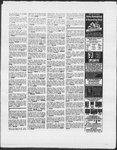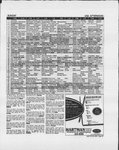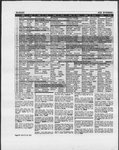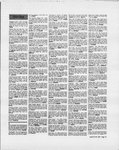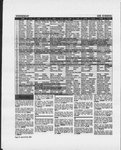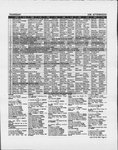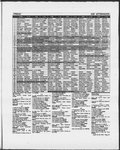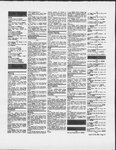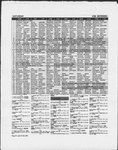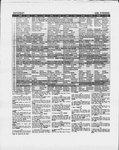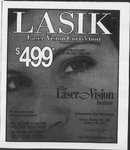| OCR Text |
Show Alta Recycles —Heidi Mosburg, Alta Town Administrator ) Alta is a town that has maderecycling-work—but not withouteffort. The Town of Alta had to overcome a numberofdifficulties in order to get a recycling program in place. Limited facilities and equipment were a problem,as was transportation. So Alta implemented a. program that worked around those problems. Since the Town did not own anyland andtherefore had a small drop-off facility with no equipment, it made arrangements to bale cardboard at a privatefacility. Andit limited the numberof materials it could take'so that transportation could be obtained. The Town's program has now beenin place for over ten years, and hascollected tons of cardboard, newspapers, paperboard, magazines, catalogues, aluminum cans and mixed paperfor recycling. Go to www.utahrecycles.org to find a list of all dropoff locations in the state of Utah. Out at the Landfill —by Margaret E. Grochocki, Public & Recycling Information Officer Landfills are not just holes in the ground where garbage is dumped. Today's landfills not only dispose of garbage, they focus on preserving the environment, planning for the sustainable future of the usedlandfill space, and practice, educate “Hogzilla” —Photo by Steve Daniloff and promote the Three R's of Recycling. TheSalt Lake Valley Solid Waste ManagementFacilities handle 75% of the commercial and residential solid waste generated in Salt Lake County. A key componentof the Salt Lake Valley Solid Waste Facility’s recycling programsis its composting operation where leaves, grass clippings, tree limbs and Christmastrees are groundup in "Hogzilla," a tub grinder, and processed into compost which is then sold to the public. A majority of the diverted material is soil which is used on site for daily cover, road and cell construction, Over 6,400 studentsvisited the S.L. Valley Landfill last year and were able to view the wildlife that inhabits the landfill and surroundingarea, ¢ BYUproduces enough waste each year to cover a football field 5 feet deep, « BYU's feoveny program reduces the waste sentto the landfill by up to 60%, Evolution of Curbside Reoyoling in SLC —Debbie Booth, Management Analyst, Salt Lake City It all began for Salt Lake City when a few residents raised their voices in support ofrecycling. Salt Lake City started in 1993 by offering a recycling program where dedicated residents paid $3.70 each month to recycle household waste. During the next three years more residents raised their voices, and in 1996, Salt Lake City madethis service easier for residents to participate. It was offered for no additional charge to willing residents, The mostcost-effective recycling programs are coordinated by the local government, but the local governmentis not alwaysin the position to pay for this service withoutcollecting a fee from the residents. To have more and easier recycling options, residents needto tell their elected officials, and be willing to payforit. Recycling in Utah is getting better. Before the 90's, people mainly recycled aluminum and newspaper through drop-off centers. Curbside programs began to crop upin the early and mid 90's, and now nearly every community has the opportunity to recycle in some way. Nationwide, smaller communities still struggle with providing drop-off recycling centers, and larger communities are trying to meet the ing demandsofall residents, whether they live in a house or an apartment, and whether they prefer pop from a bottle or a can. 9 ty A |











































































